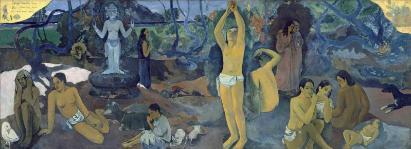
|
D’où venons-nous? Que sommes-nous? Où allons-nous? (Where Do We Come From? What Are We? Where Are We Going?)
|
|
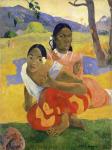
|
A Nafea faaipoipo, (When Will You Marry?)
Febr 2016, verkocht vermoedelijk overheid Qatar voor 300000000 |
|
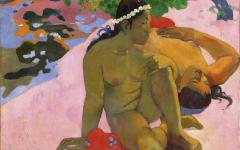
|
Aha oe feii?, (Are You Jealous?)
|
|
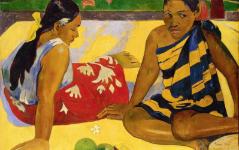
|
Parau api, (What's new)
|
|
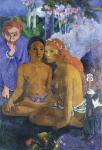
|
Contes Barbares, (Barbarian Tales)
|
|
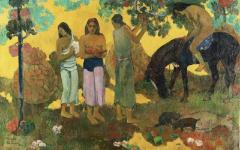
|
Rupe Rupe, (Fruit Gathering)
|
|
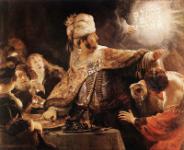
|
Belshazzars Feast
Rembrandt shows the moment when a divine hand appeared and wrote on the wall a phrase only Daniel could decipher. When transliterated the inscription reads: MENE, MENE, TEKEL, UPHARSIN. This is the interpretation: God has numbered the days of your kingdom and brought it to an end; you have been weighed in the balances and found wanting; your kingdom is given to the Medes and Persians. That very night Belshazzar was slain. |
|
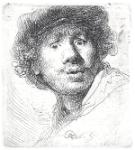
|
Self portrait
Self portret wide-eyed |
|
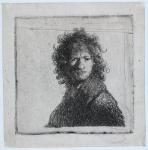
|
Self portrait
Many people are surprised to learn that Rembrandt's etchings, not his paintings, were responsible for the international reputation he enjoyed during his lifetime. |
|
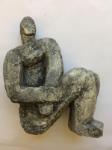
|
Resting woman
Made of plaster. Model. Price €3.500 |
|
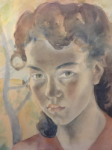
|
Self portrait
|
|
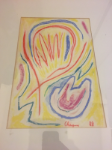
|
Abstract
Jules was born in Heemstede as the son of Barend Chapon, an Amsterdam stockbroker who was a member of the Heemstede city council as well as boardmember of the Haarlem Jewish community. His father became a member of the newly formed Heemstede building society Tuinwijk Zuid in 1918 and moved there when this project, designed by the architect J.B. van Loghem, was completed in 1923. One of Jules' first paintings of the back gardens of these houses was probably painted from his bedroom window.[1] Though Chapon first began a career at the brokerage of his father, he took painting lessons from Kees Verwey. |
|